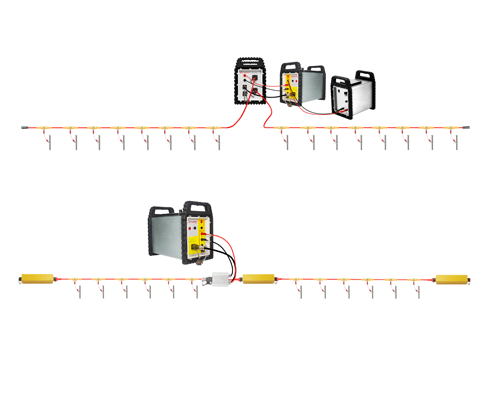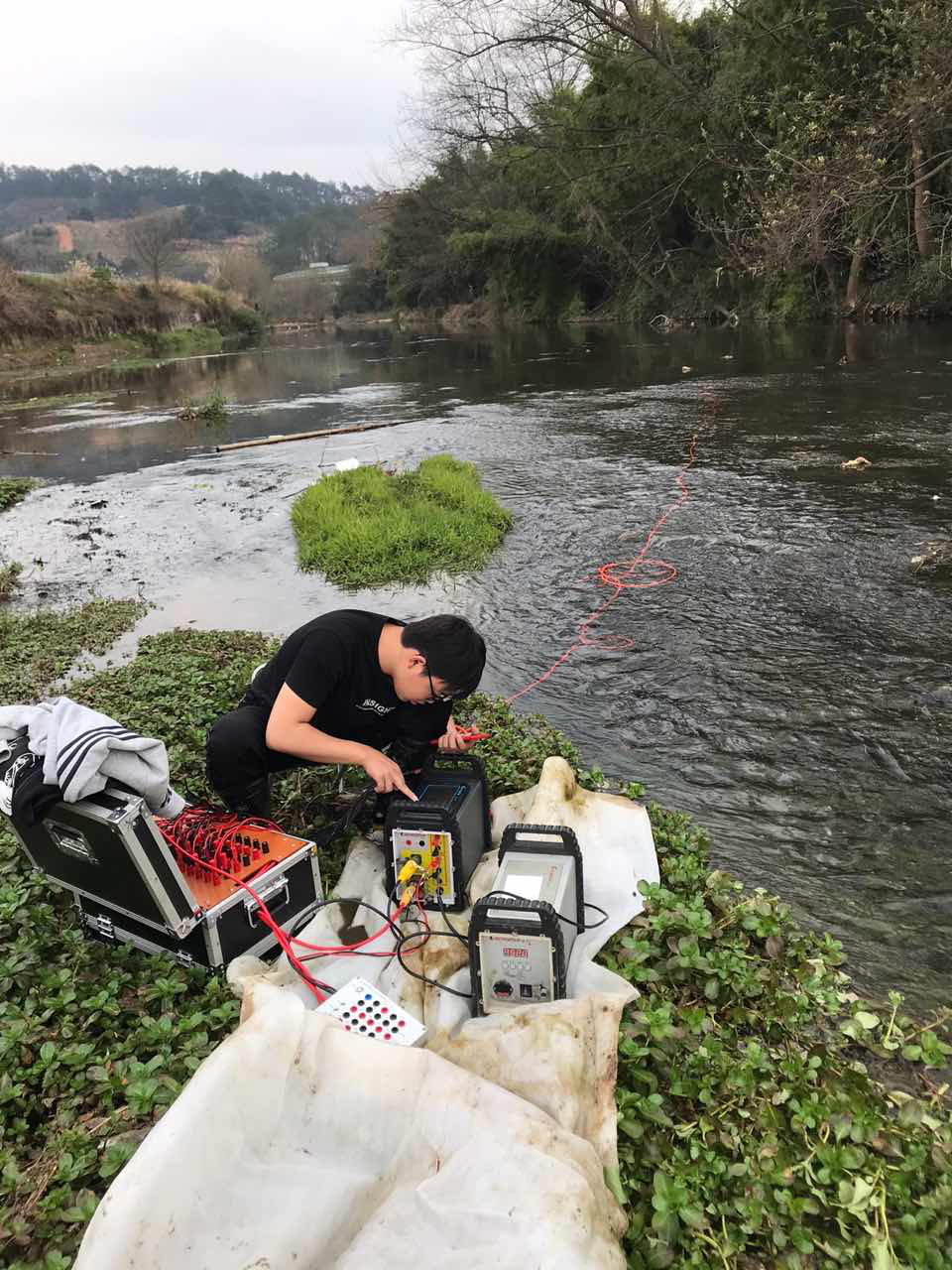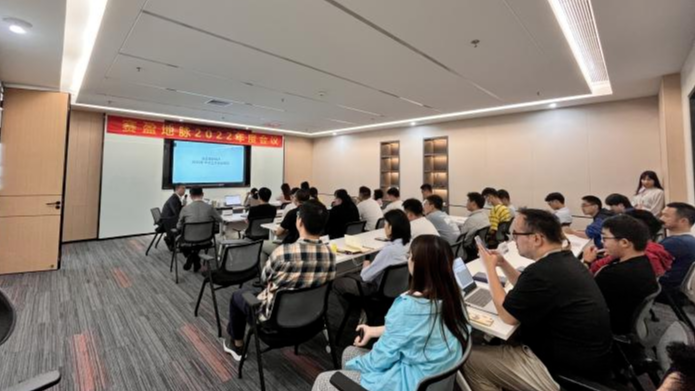
2022-05-20 01:52:10source:
In geological surveys such as mineral resources, engineering and environment, due to the variability and complexity of the geological background, it is difficult to use conventional electrical exploration to meet the needs of actual geological surveys. Therefore, the high-density resistivity method, which is called "CT" in geology, has made great progress and has played an important role in various geological surveys. High-density resistivity method, also known as resistivity imaging method, is an array-type electrical exploration method. As early as the late 1970s, British scholars designed an electrical sounding bias system and established the latest model of high-density resistivity. In the late 1980s, our country's geological and mineral departments first carried out research on the high-density resistivity method and its application technology, and discussed and improved the technology and theory of this method.
The high-density resistivity method is to arrange many electrodes on the survey line at the same time and through the control of the electrode automatic converter to realize the automatic combination of various array and different pole distances in the resistivity method, so that a variety of electrodes can be measured at one time and get various apparent resistivity parameters with various polar distances. The obtained various parameters are processed by corresponding programs and automatically inverted to image, and the geological interpretation map of the measured geoelectrical section can be quickly and accurately given, thereby improving the effect and work efficiency of the resistivity method. When the conditions are appropriate, this method has a good effect on engineering geophysical prospecting, detection of old caves in coal mines, and detection of ancient tombs. The instrument used in the high-density resistivity method is called a high-density resistivity meter or a high-density electrical measurement system.

Although the high-density electrical method belongs to the category of resistivity method, it still has its own characteristics compared with the conventional resistivity method:

(1) The electrode layout is completed at one time, which not only reduces the failure and interference caused by electrode setting, but also lays a foundation for fast and automatic measurement of field data.
(2) On the same section, under the condition that some parameters (number of electrodes, electrode spacing, measuring point position, grounding resistance) are kept unchanged, scanning measurement of various electrode arrangements can be performed, and data with the same density of the same section can be obtained. , and provides a reliable foundation for more advanced data processing and display.
(3) Automatic and semi-automatic field data collection, not only fast collection speed, but also avoids errors due to manual operation, and further improves work efficiency.
(4) Compared with the traditional resistivity method, it has high efficiency, rich information, convenient interpretation and significantly improved exploration ability.
After more than 10 years of hard work by our company, the designed GD-10 single-channel system and GD-20 multi-channel system, data processing and inversion developed from 1D to 2D, 2D to 3D, and gradually realized high density 3D data field visualization for electrical methods. In recent years, GD-10/GD-20 can not only be used in traditional ground test, but also can be used for well logging, coal mine roadway, water surface and underwater test. In addition, the GD-10/GD-20 can also use the online monitoring mode to perform remote automatic testing to achieve long-term unmanned monitoring.
On the afternoon of April 21, Geomativeheld the 2022 annual work conference. The meeting that should have been held at the beginning of the year was postponed until now because many colleagues could not return to the headquarters due to the implementation

Electrical exploration is based on electrical differences as the physical premise.Apparent resistivity:Resistivity is used to represent the electrical properties of the distribution of various substances in the geological body, and its calculation formula
